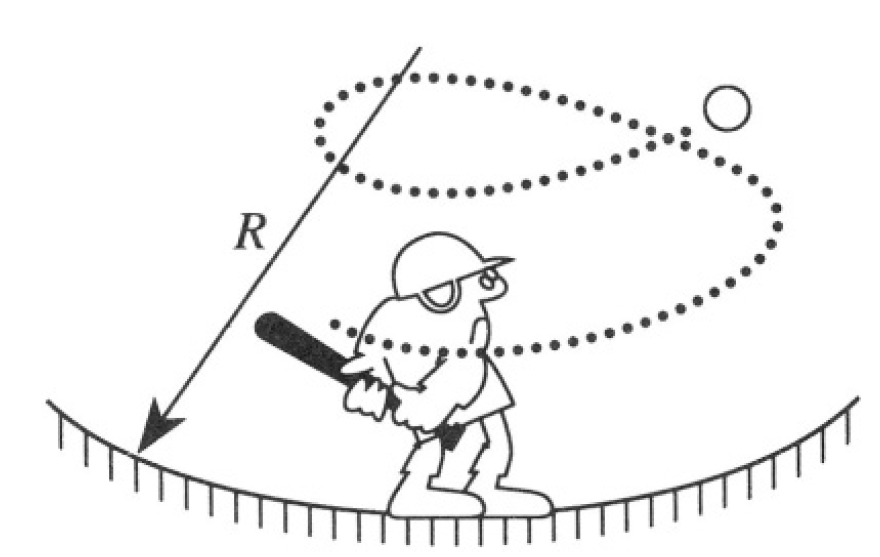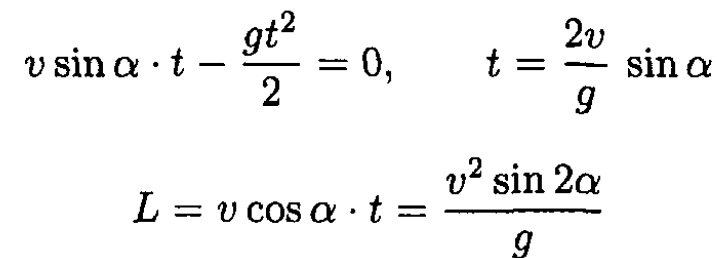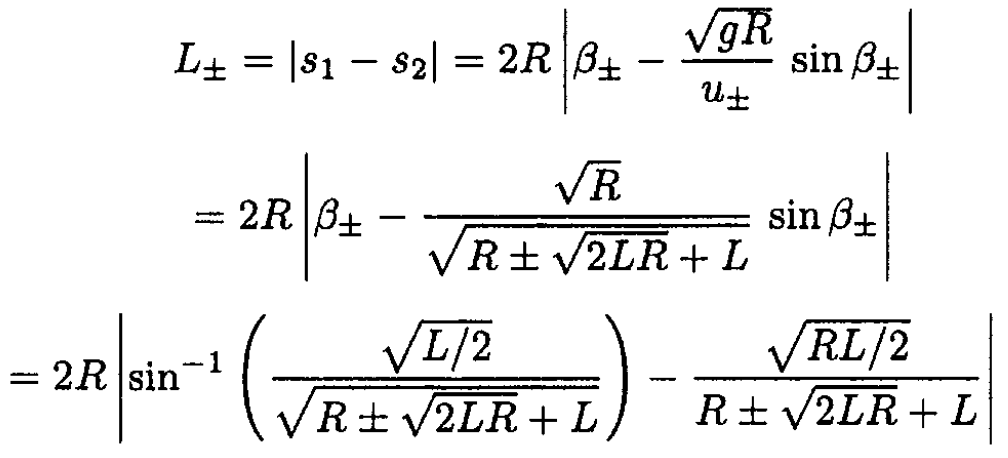
تاريخ الفيزياء

علماء الفيزياء


الفيزياء الكلاسيكية

الميكانيك

الديناميكا الحرارية


الكهربائية والمغناطيسية

الكهربائية

المغناطيسية

الكهرومغناطيسية


علم البصريات

تاريخ علم البصريات

الضوء

مواضيع عامة في علم البصريات

الصوت


الفيزياء الحديثة


النظرية النسبية

النظرية النسبية الخاصة

النظرية النسبية العامة

مواضيع عامة في النظرية النسبية

ميكانيكا الكم

الفيزياء الذرية

الفيزياء الجزيئية


الفيزياء النووية

مواضيع عامة في الفيزياء النووية

النشاط الاشعاعي


فيزياء الحالة الصلبة

الموصلات

أشباه الموصلات

العوازل

مواضيع عامة في الفيزياء الصلبة

فيزياء الجوامد


الليزر

أنواع الليزر

بعض تطبيقات الليزر

مواضيع عامة في الليزر


علم الفلك

تاريخ وعلماء علم الفلك

الثقوب السوداء


المجموعة الشمسية

الشمس

كوكب عطارد

كوكب الزهرة

كوكب الأرض

كوكب المريخ

كوكب المشتري

كوكب زحل

كوكب أورانوس

كوكب نبتون

كوكب بلوتو

القمر

كواكب ومواضيع اخرى

مواضيع عامة في علم الفلك

النجوم

البلازما

الألكترونيات

خواص المادة


الطاقة البديلة

الطاقة الشمسية

مواضيع عامة في الطاقة البديلة

المد والجزر

فيزياء الجسيمات


الفيزياء والعلوم الأخرى

الفيزياء الكيميائية

الفيزياء الرياضية

الفيزياء الحيوية

الفيزياء العامة


مواضيع عامة في الفيزياء

تجارب فيزيائية

مصطلحات وتعاريف فيزيائية

وحدات القياس الفيزيائية

طرائف الفيزياء

مواضيع اخرى
Space Habitat Baseball
المؤلف:
Sidney B. Cahn Boris E. Nadgorny
المصدر:
A GUIDE TO PHYSICS PROBLEMS
الجزء والصفحة:
part 1 , p 27
1-8-2016
2013
Space Habitat Baseball
On Earth a baseball player can hit a ball 120 m by giving it an initial angle of 45° to the horizontal. Take the acceleration due to gravity as g = 10 m/s2. Suppose the batter repeats this exercise in a space 'habitat' that has the form of a circular cylinder of radius R = 10 km and has an angular velocity about the axis of the cylinder sufficient to give an apparent gravity of g at radius R. The batter stands on the inner surface of the habitat (at radius R) and hits the ball in the same way as on Earth (i.e., at 45° to the surface), in a plane perpendicular to the axis of the cylinder (see Figure 1.1). What is the furthest distance the batter can hit the ball, as measured along the surface of the habitat?

Figure 1.1
SOLUTION
On Earth, we can disregard the Coriolis force since it is only a second-order correction. If the player hits the ball with an initial velocity v, the maximum distance will be for the angle α = 45o (neglecting also the effects of air resistance). Then, we calculate the range L by decomposing the trajectory into its component motions, with initial velocities vx = v cos α, vy = v sin α

resulting in an initial velocity off the bat of
 (1)
(1)
On the surface of the habitat we can no longer disregard the Coriolis force (see Figure 1.2), so if we consider the problem in the rotating frame of the cylinder, the equations of motion become rather complicated. Therefore, let us view the exercise in the inertial frame. To provide the same apparent gravitational acceleration g, the cylinder has to rotate with an angular velocity The instantaneous linear velocity of the point P where the player stands will be
The instantaneous linear velocity of the point P where the player stands will be
 (2)
(2)

Figure 1.2
When the ball leaves the surface, no forces act on it in the inertial frame. Its velocity is either u+ or u- where the velocities of the ball in the rotating frame vx and the habitat V are parallel or antiparallel, respectively:
 (3)
(3)
The angle β of the line  of length D to the tangent of the circle is found using (1)–( 3):
of length D to the tangent of the circle is found using (1)–( 3):

The distance along the surface of the cylinder PO will then be s1 = 2Rβ. During the time of the flight, the cylinder rotates by an angle θ± = ω0t± = ω0D/u± and the distance s2 will be
 (4)
(4)
The distance the player would hit the ball measured along the surface of the habitat is
 (5)
(5)
Substituting numerical values into (5) we obtain

Therefore, to hit the furthest, the player should hit in the direction opposite to the direction of the habitat’s rotation.
 الاكثر قراءة في مواضيع اخرى
الاكثر قراءة في مواضيع اخرى
 اخر الاخبار
اخر الاخبار
اخبار العتبة العباسية المقدسة

الآخبار الصحية















 قسم الشؤون الفكرية يصدر كتاباً يوثق تاريخ السدانة في العتبة العباسية المقدسة
قسم الشؤون الفكرية يصدر كتاباً يوثق تاريخ السدانة في العتبة العباسية المقدسة "المهمة".. إصدار قصصي يوثّق القصص الفائزة في مسابقة فتوى الدفاع المقدسة للقصة القصيرة
"المهمة".. إصدار قصصي يوثّق القصص الفائزة في مسابقة فتوى الدفاع المقدسة للقصة القصيرة (نوافذ).. إصدار أدبي يوثق القصص الفائزة في مسابقة الإمام العسكري (عليه السلام)
(نوافذ).. إصدار أدبي يوثق القصص الفائزة في مسابقة الإمام العسكري (عليه السلام)


















